Have you ever seen a recipe that calls for tangzhong (maybe one of my recipes!) and wondered what on earth it was (and what was the point?!) Or, maybe, you’ve seen a recipe video that precooks some flour and milk and wondered why you would ever want to take that extra step. Let’s talk about it!
In this article:
- What is tangzhong?
- How does tangzhong work in a recipe?
- A breakdown of the science of tangzhong
- How do I make tangzhong?
- When is the best time to make tangzhong?
- What kind of flour or liquid can be used to make tangzhong?
- How do I convert a bread recipe to tangzhong?
- Do you have any bread recipes that feature tangzhong?
- What questions do you still have about tangzhong?
What is tangzhong?
Tangzhong is a technique derived from Asia, used in bread making, where some of the flour is cooked with a liquid, usually milk or water. This water roux gelatinizes the starches in the flour, and, when added to the recipe, produces a bread that is soft, fluffy, and moist with a good shelf life.
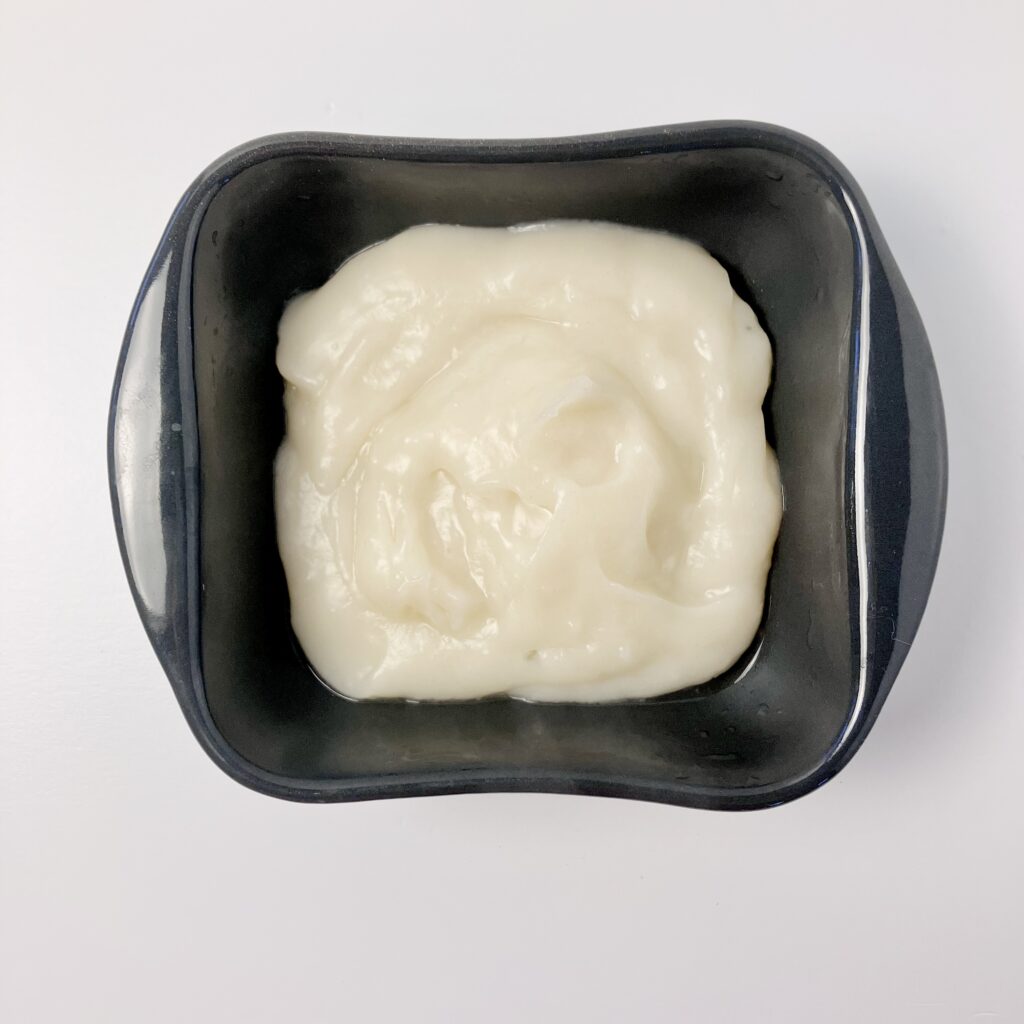
How does tangzhong work in a recipe?
Tangzhong works by creating a gel-like mixture that helps improve the texture and moisture retention of bread. The key science behind tangzhong lies in the gelatinization of starches present in the flour. Essentially, this extra step allows the flour to soak in and retain moisture, almost by double. This results in a bread that stays fresh for much longer. In addition, the outcome will be more soft and tender than a bread made without tangzhong, and will stay this way for days!
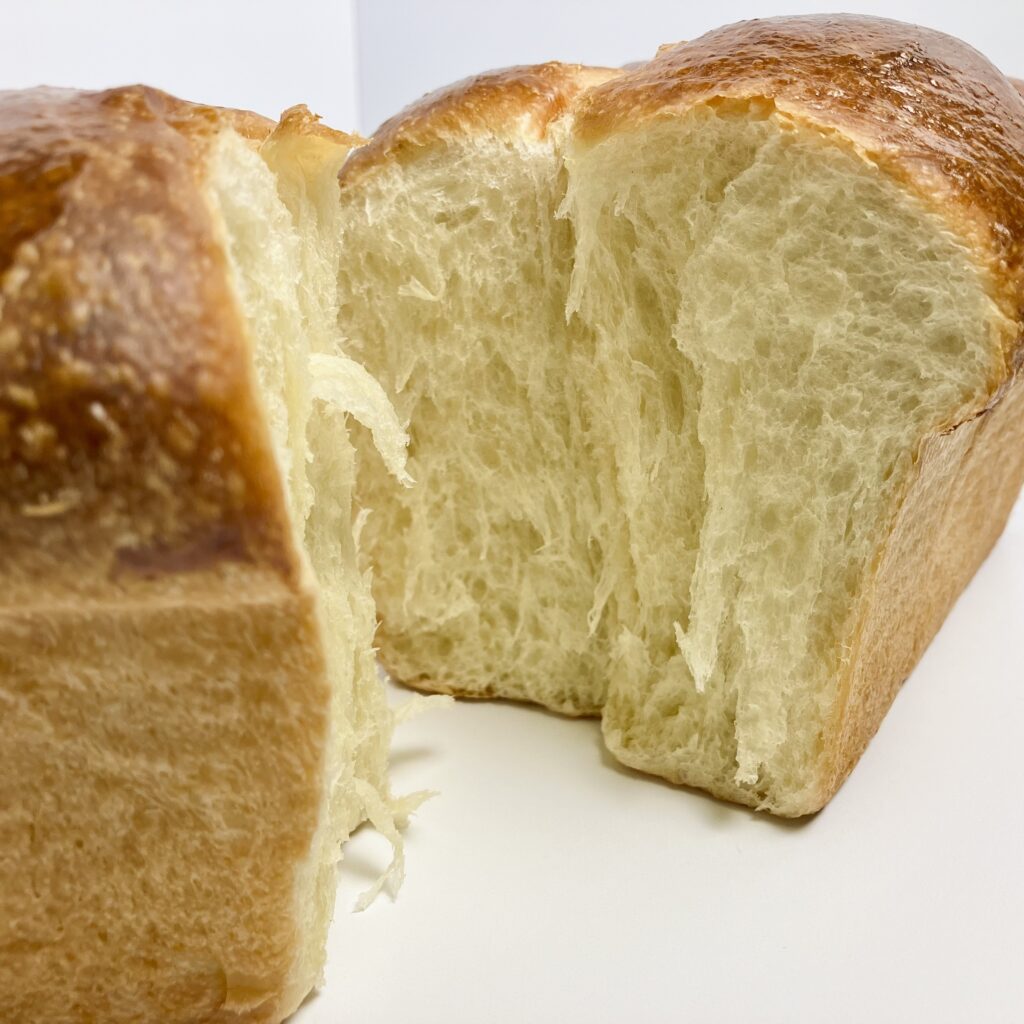
A breakdown of the science of Tangzhong:
Gelatinization of Starches:
- When you heat the water and flour mixture (tangzhong), the starches in the flour absorb water and undergo gelatinization. This process involves the swelling and thickening of starch granules.
- The gelatinized starches form a network or matrix within the tangzhong, which can hold onto water and create a structure that helps trap moisture during baking.
Increased Water Absorption:
- This gel-like structure of the tangzhong has an increased capacity to hold water compared to plain water or traditional dough. This extra water retention contributes to a softer and moister crumb in the finished bread.
Improved Dough Structure:
- When tangzhong is added to the bread dough, the gelatinized starches help to enhance the dough structure. This can result in a more stable and uniform rise during fermentation and baking.
Delayed Starch Retrogradation:
- Retrogradation refers to the process where the starches in bread recrystallize and firm up, leading to staling (stale bread). The gelatinized starches in tangzhong can delay the retrogradation of the starches, helping the bread to stay softer and fresher for a more extended period.
Enhanced Shelf Life:
- The improved moisture retention and delayed staling contribute to a longer shelf life for bread prepared with tangzhong.
How do I make tangzhong?
Making tangzhong is easy.
Start by whisking together five parts liquid (generally water or milk) to one part bread or all-purpose flour in a small saucepan until no lumps remain. For example, if you use 100 g of liquid, you will need 20 g of flour.
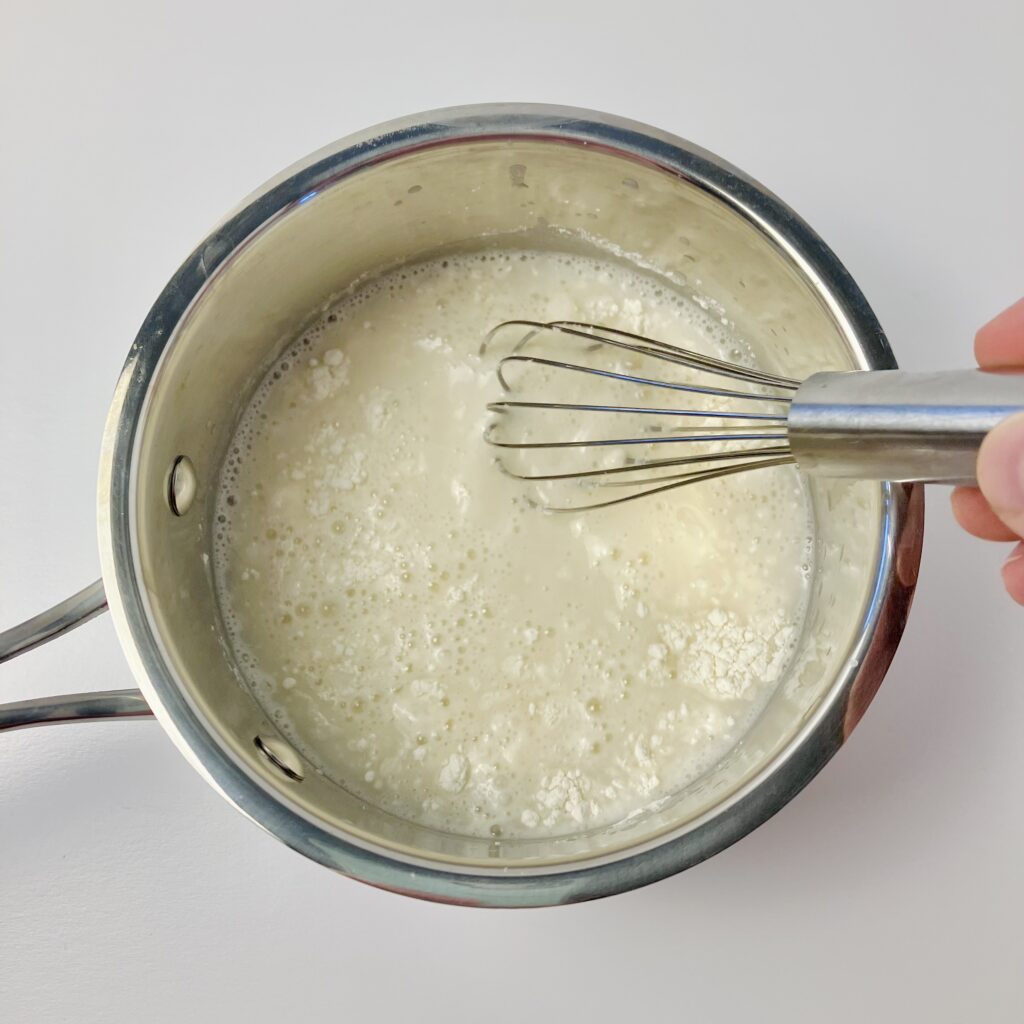
Place the saucepan over medium heat and whisk continuously until the mixture thickens and transforms into a gel-like consistency.
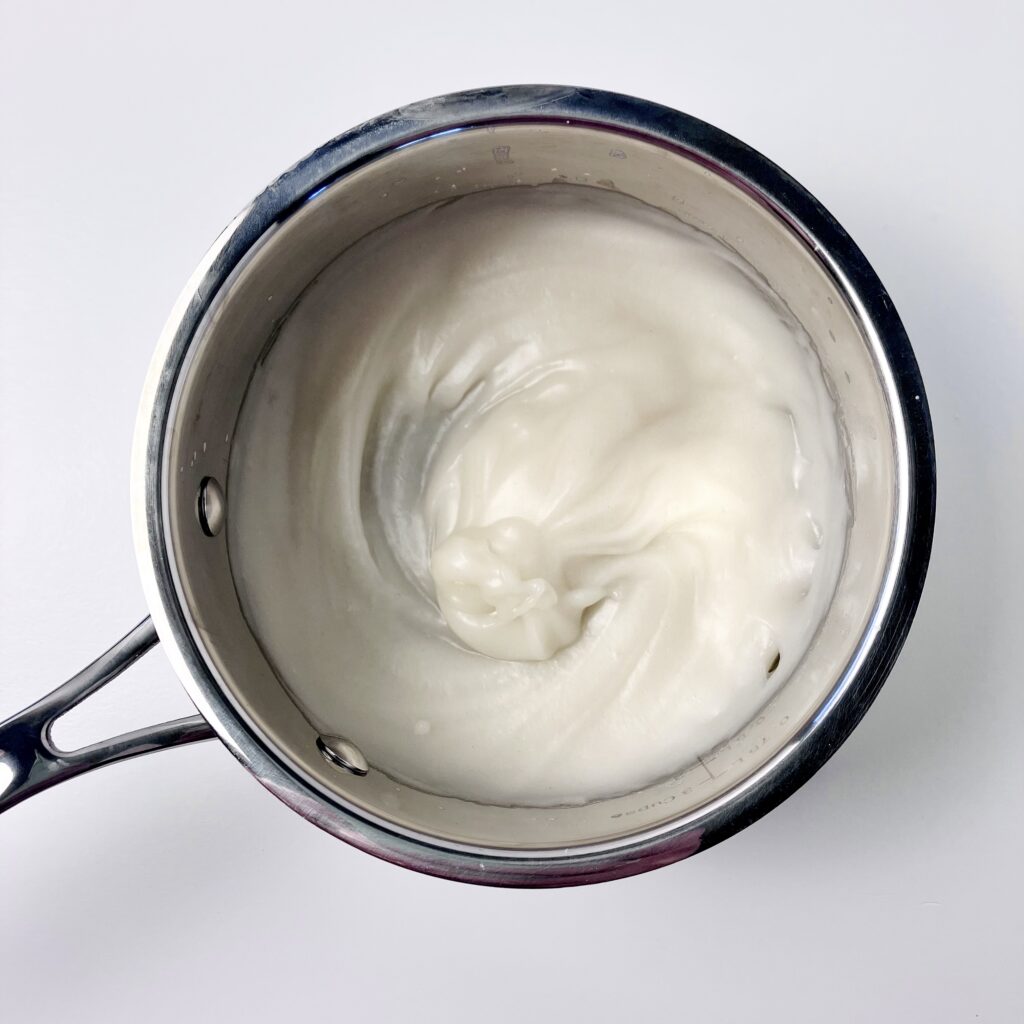
Remove the tangzhong from heat and cover tightly with plastic wrap (this is to prevent a skin from forming on the outer layer). Let it cool to room temperature before incorporating in your bread recipe.
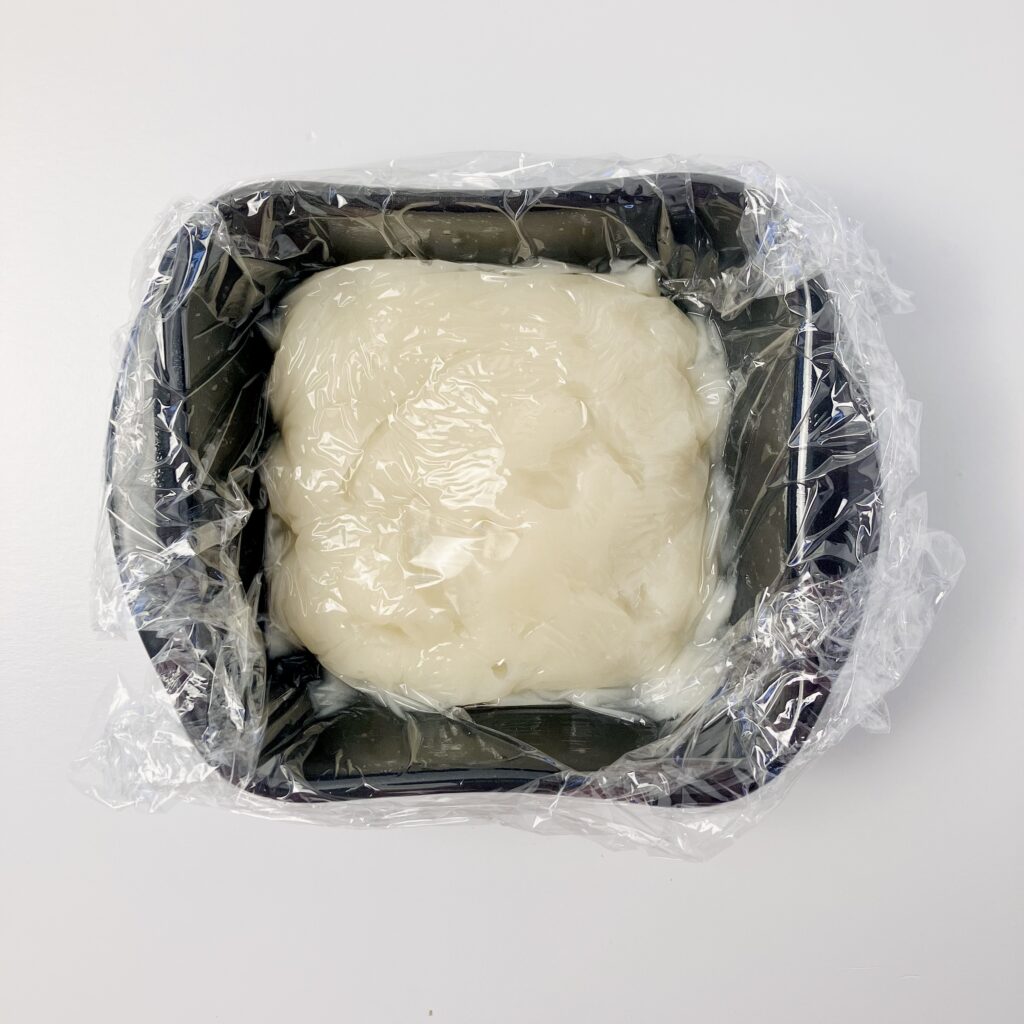
When is the best time to make tangzhong?
A tangzhong can be made anytime before you begin mixing your bread dough.
This means you can make it the morning or evening you mix your bread, as long as it has ample time to cool. You could place it in the refrigerator or freezer to speed along the cooling process.
Alternatively, you could make the tangzhong twelve or more hours before you mix the dough and store it in the refrigerator until you are ready to use it.
What kind of flour or liquid can be used to make tangzhong?
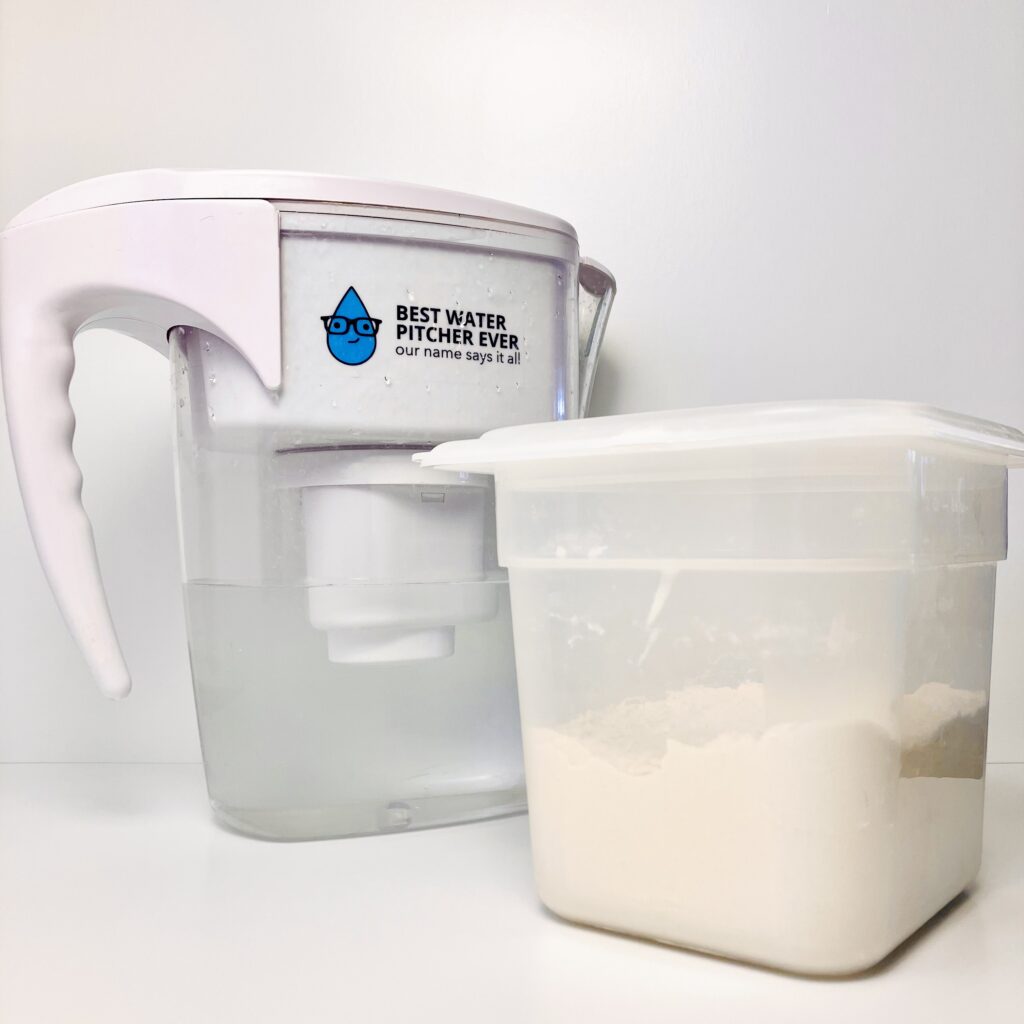
Tangzhong is generally made using milk or water as the liquid, and bread or all-purpose flour as the flour.
BUT, this can be flexible. In my Hawaiian roll recipe, I use pineapple juice to make the tangzhong for an added sweetness and tropical flavor. As far as the liquid goes, you can use any kind of milk: whole milk, two percent, low fat, lactose-free, or even coconut, almond, soy, etc. Once you develop a feel for tangzhong and how it affects your recipe, feel free to play around with the liquid and see what works and what you like best!
As far as flour, any flour with sufficient starches will work. You may notice that some flours, such as whole wheat, absorb a lot more liquid and, thereby, create a thicker tangzhong.
Once you understand tangzhong, how to make it and its effects on the dough, there is a lot of flexibility that can occur within the ingredients, depending on your personal recipe goals.
How do I convert a bread recipe to tangzhong?
First, consider if tangzhong would really pair well with the recipe. Tangzhong goes well with any bread where a soft and tender crumb is desired. Usually, tangzhong is added to sweet breads, such as brioche and cinnamon rolls, but also makes the perfect addition to soft and savory breads like sandwich bread and any kind of bun (ex – dinner rolls, hamburger/hot dog buns). Tangzhong would not pair well with artisanal breads where a chewy crust and open interior is desired. Altogether, make a point to think about the recipe you are wanting to add tangzhong to, but feel free to experiment with different types of recipes and find your own, personal favorite pairings.
Next, it is important to consider the hydration (how wet or dry the dough is) of the recipe. Since the tangzhong’s addition allows more moisture to be absorbed, it is important that the hydration of the original recipe be at least 75% before converting to tangzhong. Otherwise, the resulting dough may be too thick and dry.
To calculate hydration, simply divide the total amount of liquid by the total amount of flour. Read more about hydration here. Essentially, there is a simple way and a technical way to calculate hydration. For the sake of simplicity, it is okay to exclude ingredients like eggs or even your sourdough starter that contain extra water or flour content. The rough estimate given by simply dividing the amount of water by flour in the recipe is good enough.
If the total comes out to at least .75 (75%) you are good to go. If the total is less than this, you will need to adjust the amounts of flour and liquid in the recipe to get the desired hydration of 75%. Here’s how to do that:
Let’s say the recipe calls for 315 g of water and 525 g of flour. 315 divided by 525 is .60 (60%). So, the dough’s current hydration is 60%, and we need it to be at least 75%. To fix this, we will need to add more liquid. We can calculate the specific amount of liquid needed by taking the amount of flour in the recipe (in this case, 525 g) and multiplying it by .75 (75%). 525 multiplied by .75 gives us 393.75 g of liquid that we need to add to the recipe. It is okay to round this number up to 395, or even 400, grams of liquid. In conclusion, the new totals of water and flour for this recipe are 395 g of water and 525 g of flour. Now this recipe is ready to convert to tangzhong.
A standard slurry of tangzhong uses 5-10% of the total weight of the flour and consists of five parts liquid to one part flour (by weight). Let’s continue with the totals above to determine how much flour and water is needed to make our slurry.
To start out, use 5% of the total weight of the flour. The higher the percentage of tangzhong in the recipe, the more soft and plush the dough is. 10% can be quite a lot to start with; always start with the lower amount and increase as desired. 5% of 525 g of flour is calculated by multiplying 525 X .05 (5%). The end result is 26.25 g. I am going to round this up to 30 g of flour for my recipe. Since this still falls in the 5-10% range, this is not an issue. Now, I know I need 30 g of flour, but how much water should be used to create the tangzhong? Since a tangzhong consists of one part flour to five parts liquid, I am going to multiply 30 by 5. 30 X 5 = 150 g of liquid. In conclusion, I will make the tangzhong by whisking together 30 g of flour with 150 g of water until no lumps remain, then heating over medium heat and whisking continuously until a gel-like paste forms. Last, I will remove from heat, cover tightly to prevent a skin from forming, and let it cool to at least room temperature before incorporating into my recipe.
Finally, we need to adjust the amounts of water and flour in the recipe. Since we used 30 g of flour to make the tangzhong, we will subtract this from the original 525 g of flour in the recipe. 525 – 30 = 495 g of flour. Repeat this process with the liquid in the recipe. 395 -150 = 245 g of water. Now, we can make the recipe using our new totals of flour and water and incorporating the tangzhong.
To review, the original totals of flour and water for this example were as follows:
- 525 g of flour
- 315 g of water
This gave us a hydration of 60% (calculated by dividing water by flour) which is too low of a hydration to add a tangzhong. So we increased the hydration to 75% by adding more liquid. The exact amount was determined by taking 75% of the flour in the recipe. The new totals were as follows:
- 525 g flour
- 395 g water
Now, we took a portion of this flour and water and made a tangzhong. A tangzhong consists of 5-10% of the total flour, and is generally one part flour to five parts liquid. Our tangzhong totals were as follows:
- 30 g flour
- 150 g water
Then, we subtracted these amounts from the flour and water in the recipe, so that we could add in the tangzhong. The final totals were:
- 495 g flour
- 245 g water
- Add tangzhong to the dough
And, that’s it! Once the tangzhong is incorporated into the dough, you can follow the recipe directions as written.
Now you know how to convert any recipe to tangzhong!
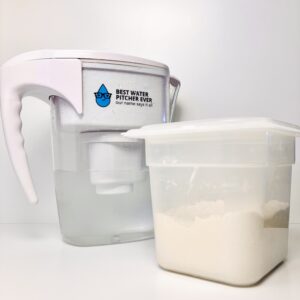
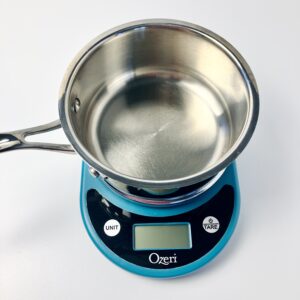
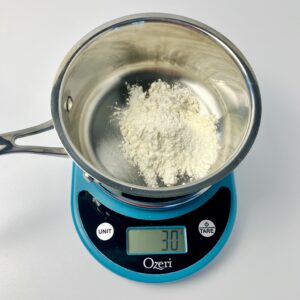
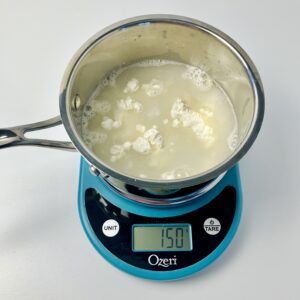
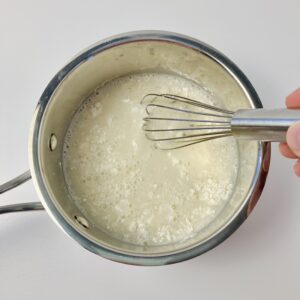
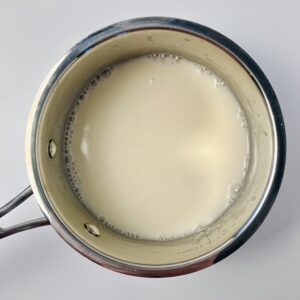
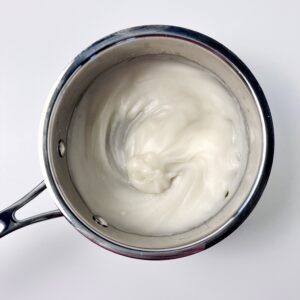
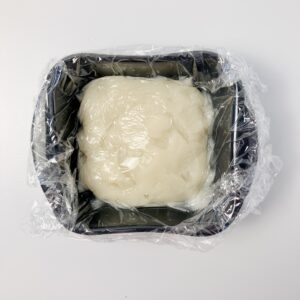
Do you have any bread recipes that feature tangzhong?
As of this moment (I will continue to update this in the future), I have five recipes that feature tangzhong:
I love to play around with the liquid in tangzhong. My Hawaiian roll recipe features a tangzhong made with pineapple juice instead of milk or water! This adds a special sweetness and tropical flavor to the dough. Lemon Poppyseed Pull Apart Mini Loaves include a tangzhong made with buttermilk. I hope you find this trick as magical as I do!
What questions do you still have about tangzhong?
Is there anything I missed when covering this information? Or, anything you are still confused about or that could be explained better? Please let me know in the comments! I’ll be happy to answer your questions and even update this article, if needed.
Happy baking!
Recent POSTS
Join the email list
Join the email list to be notified when a new recipe or blog post comes out. No spam, just sourdough. Unsubscribe at any time.

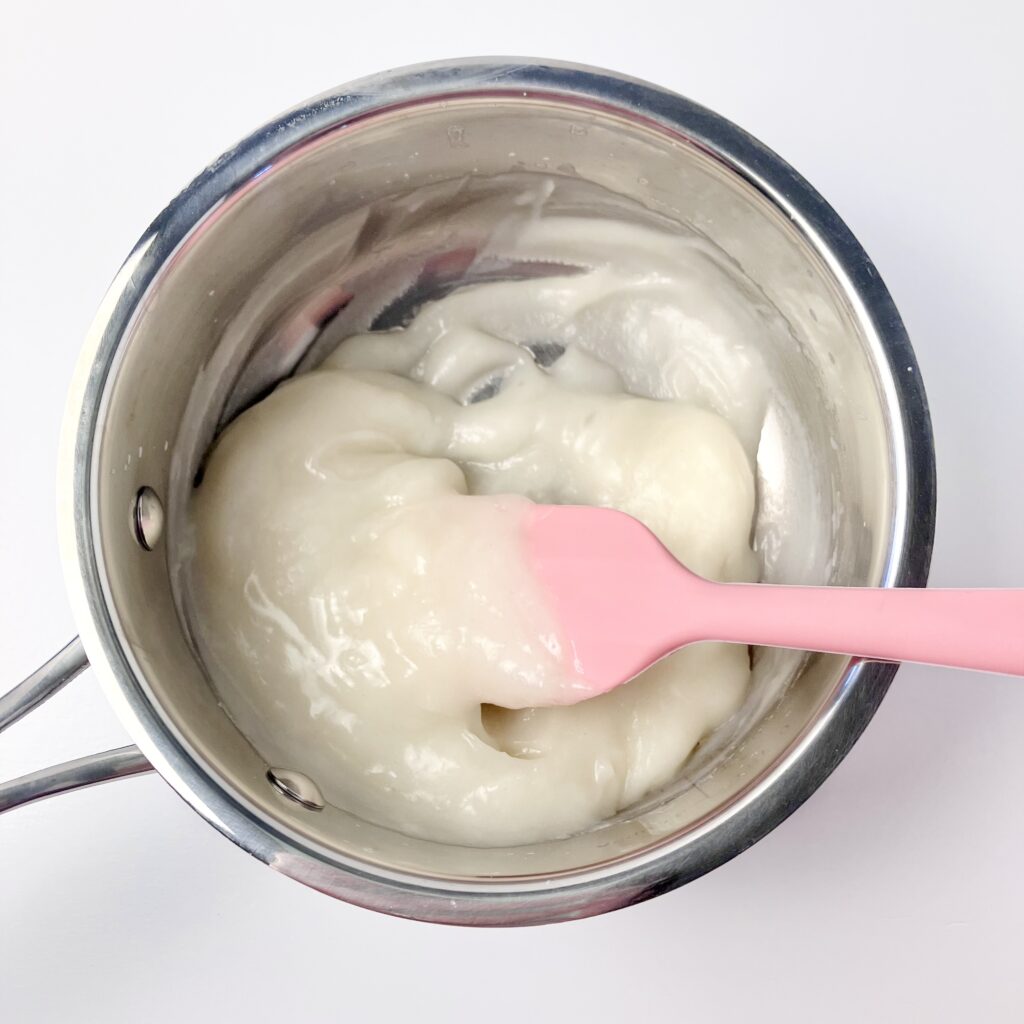
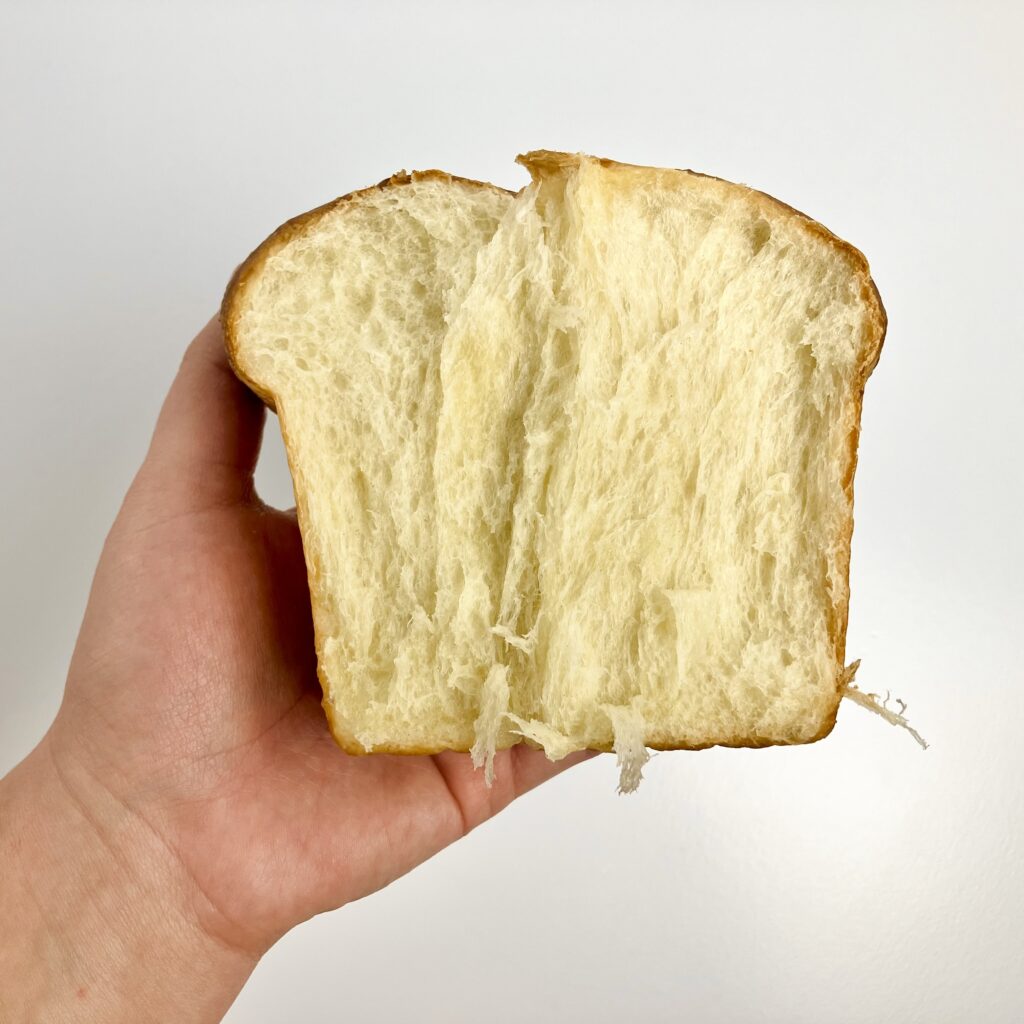
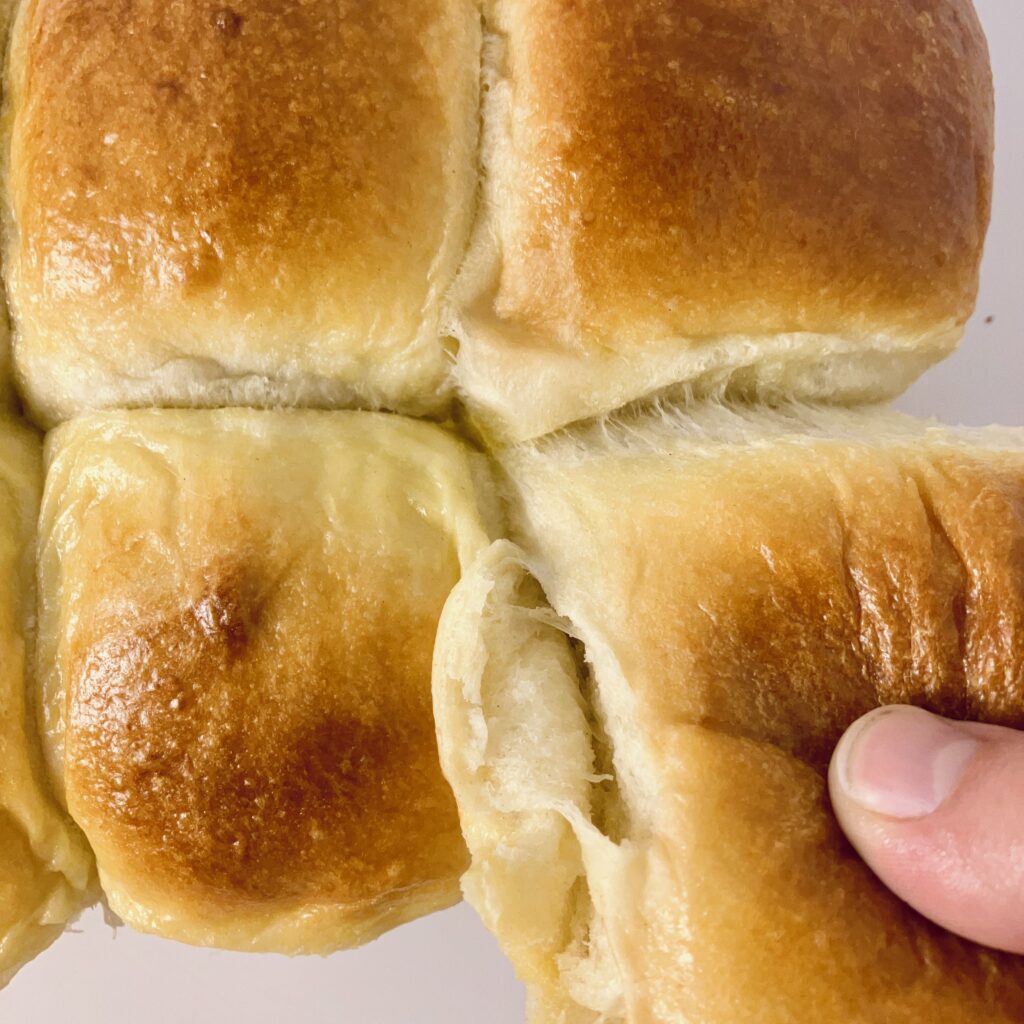
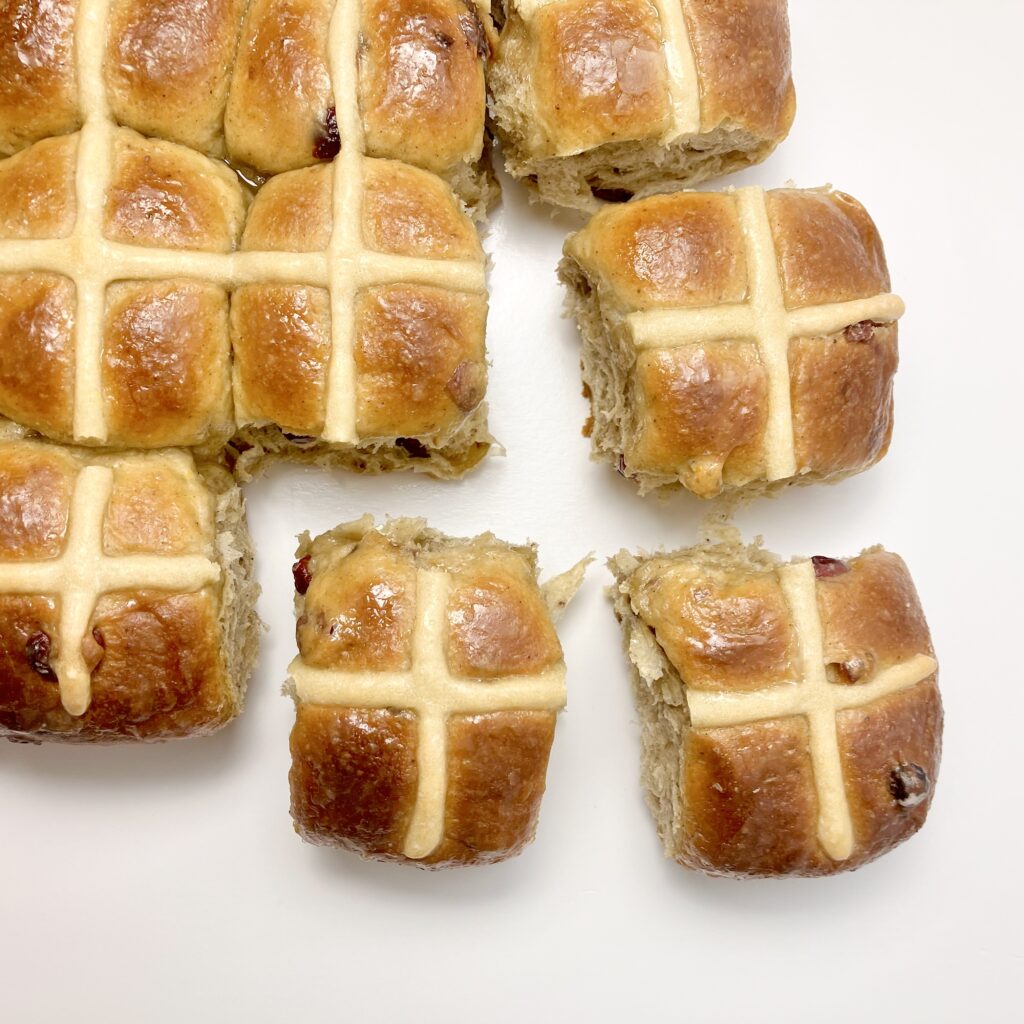
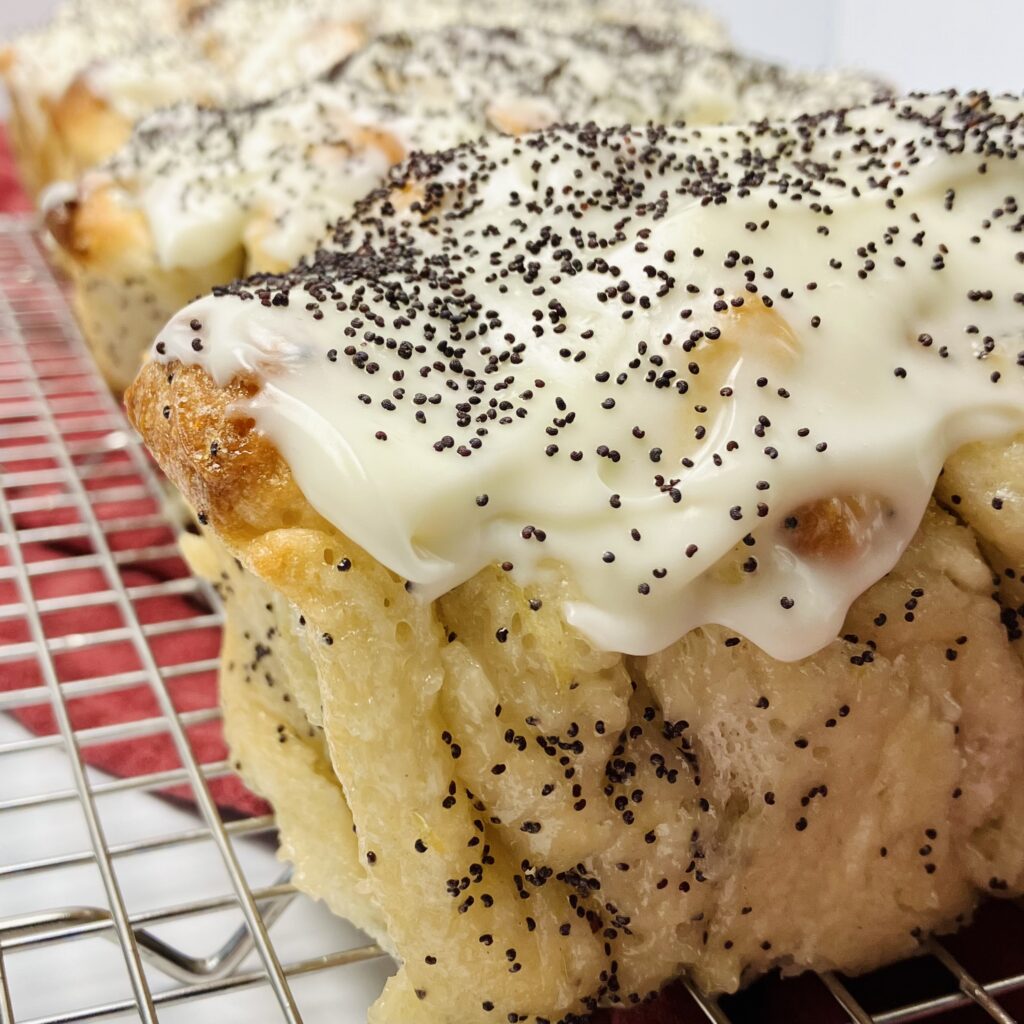
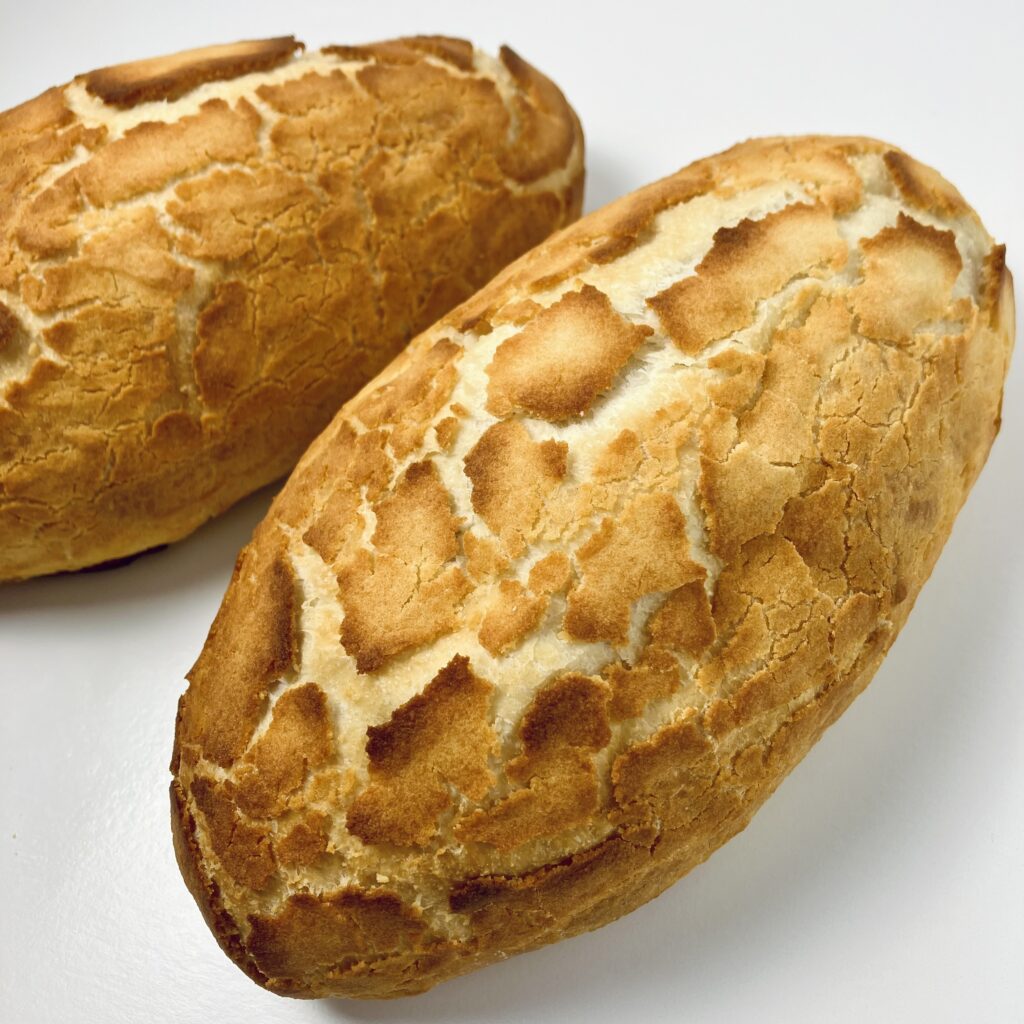
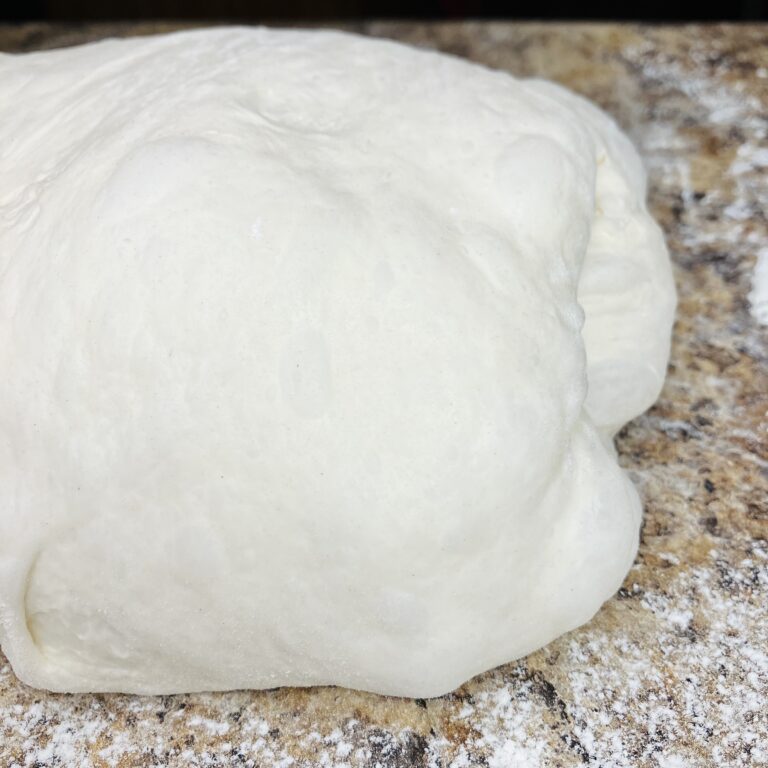
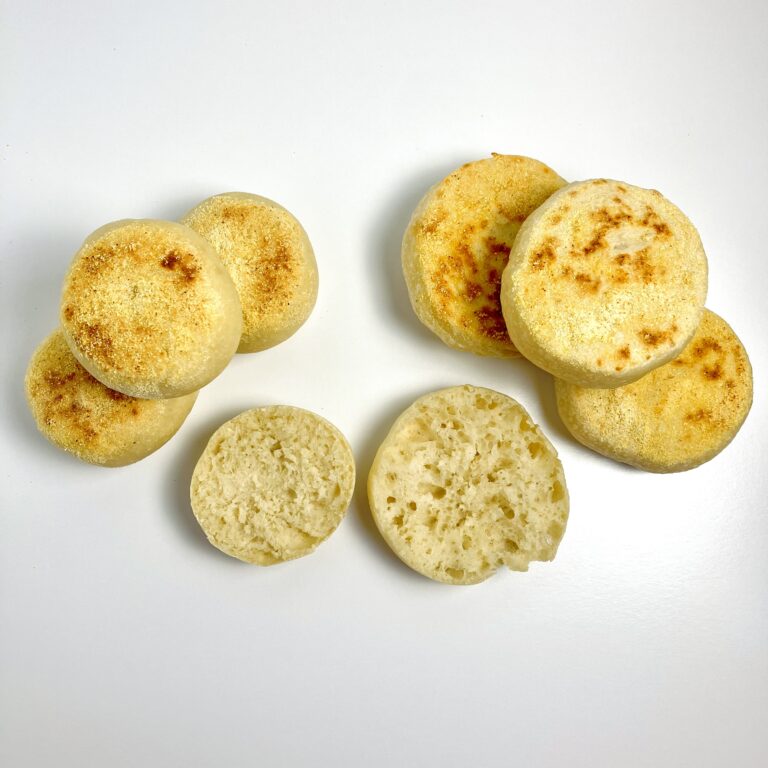
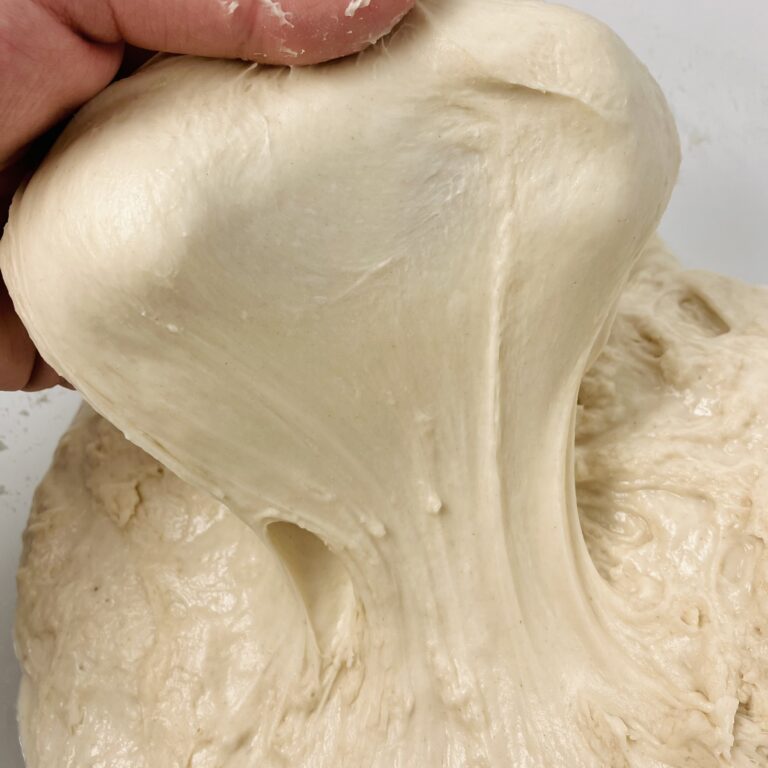
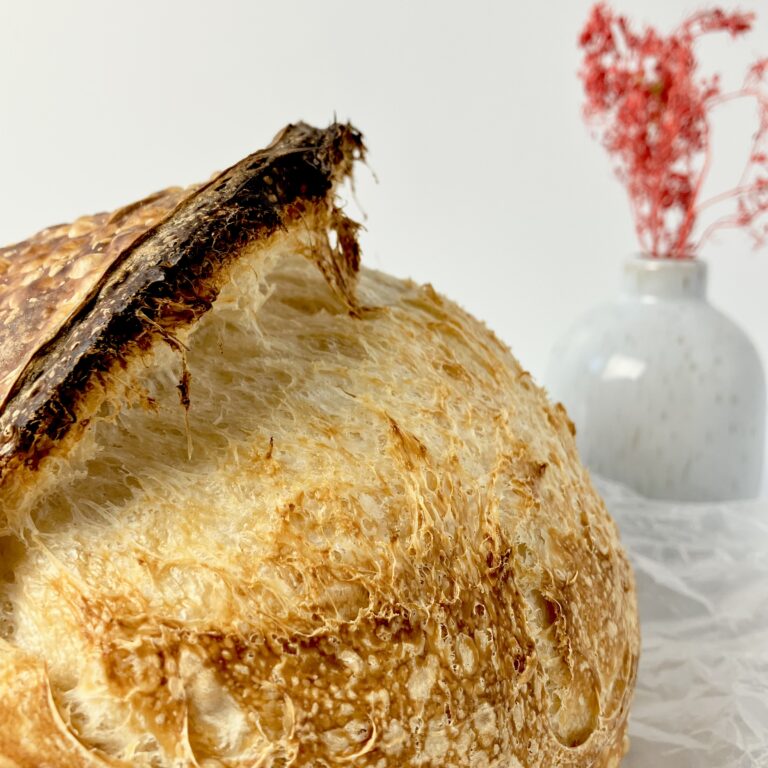
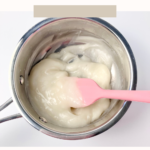
Pingback: POTATO ROLLS - The Sourdough Baker
So if my recipe is in cups, should I convert it to grams to calculate hydration? Or would I just divide cup to cup? Thank you!
Great question! I would recommend converting it to grams and then proceeding for there. While there is a way this can be done by volume, it is a little more complicated/inaccurate and the ratios would be different
Pingback: DUTCH CRUNCH BREAD - The Sourdough Baker
Pingback: BRIOCHE - The Sourdough Baker
Pingback: HAWAIIAN ROLLS – The Sourdough Baker